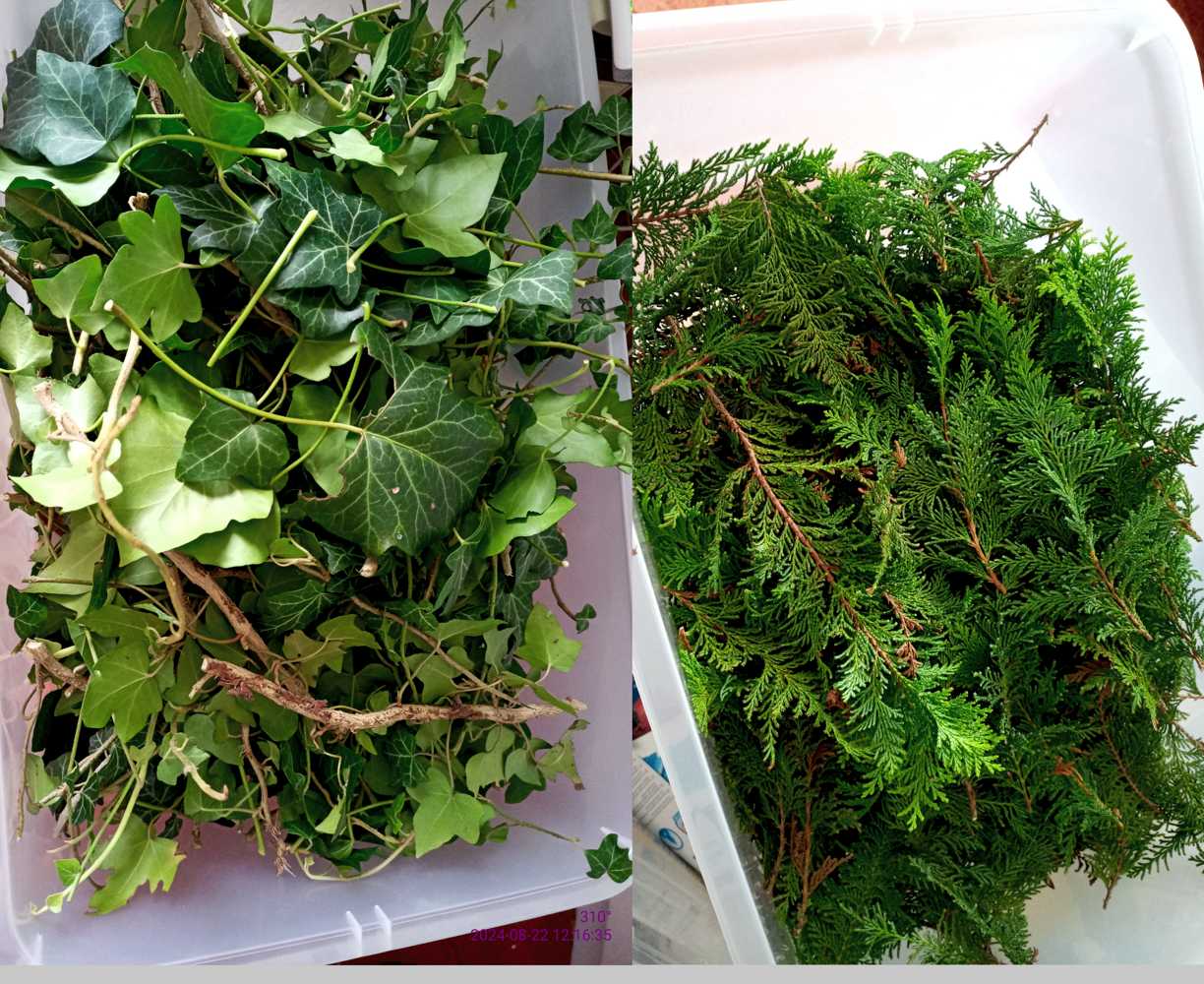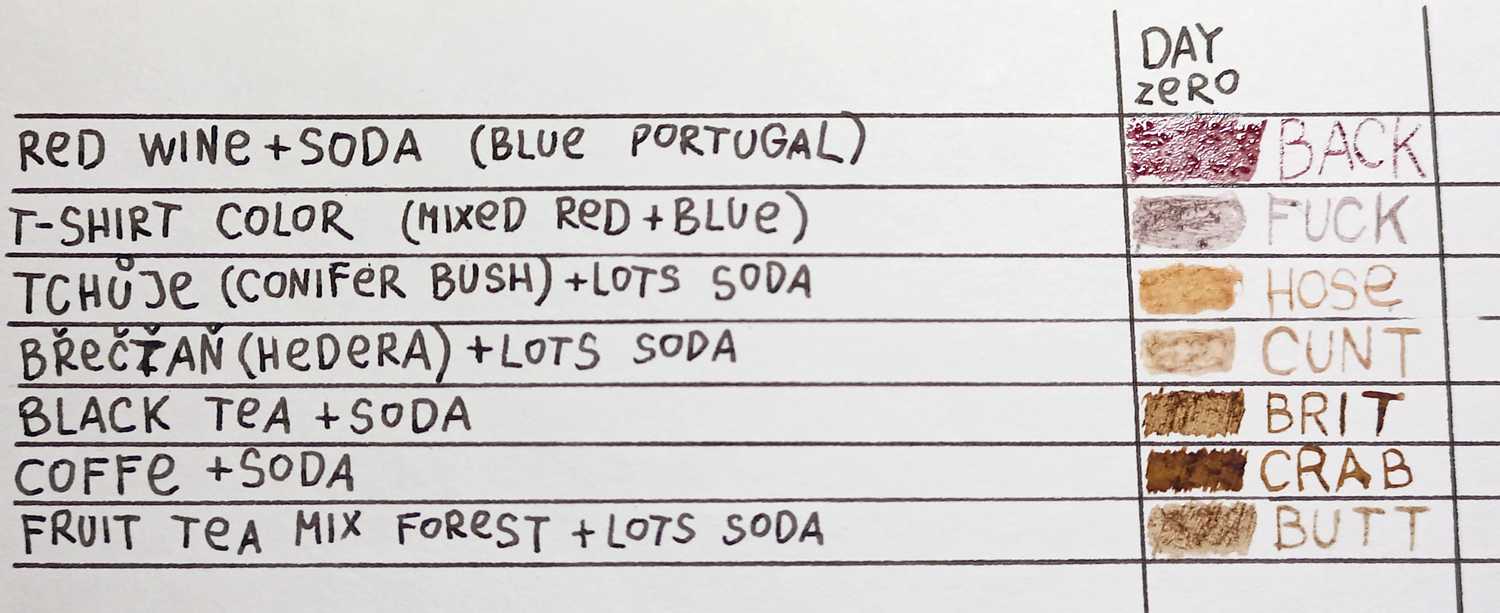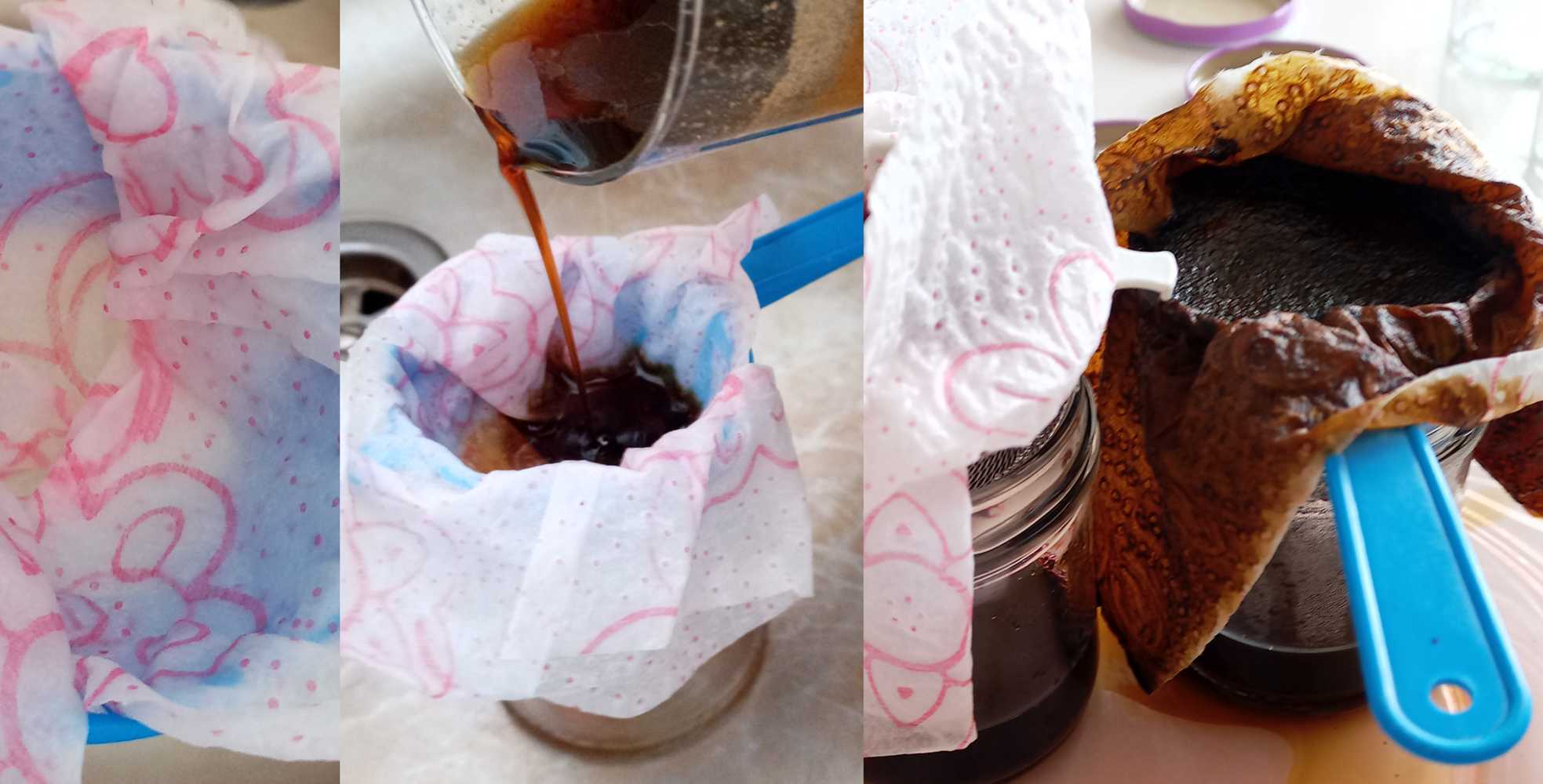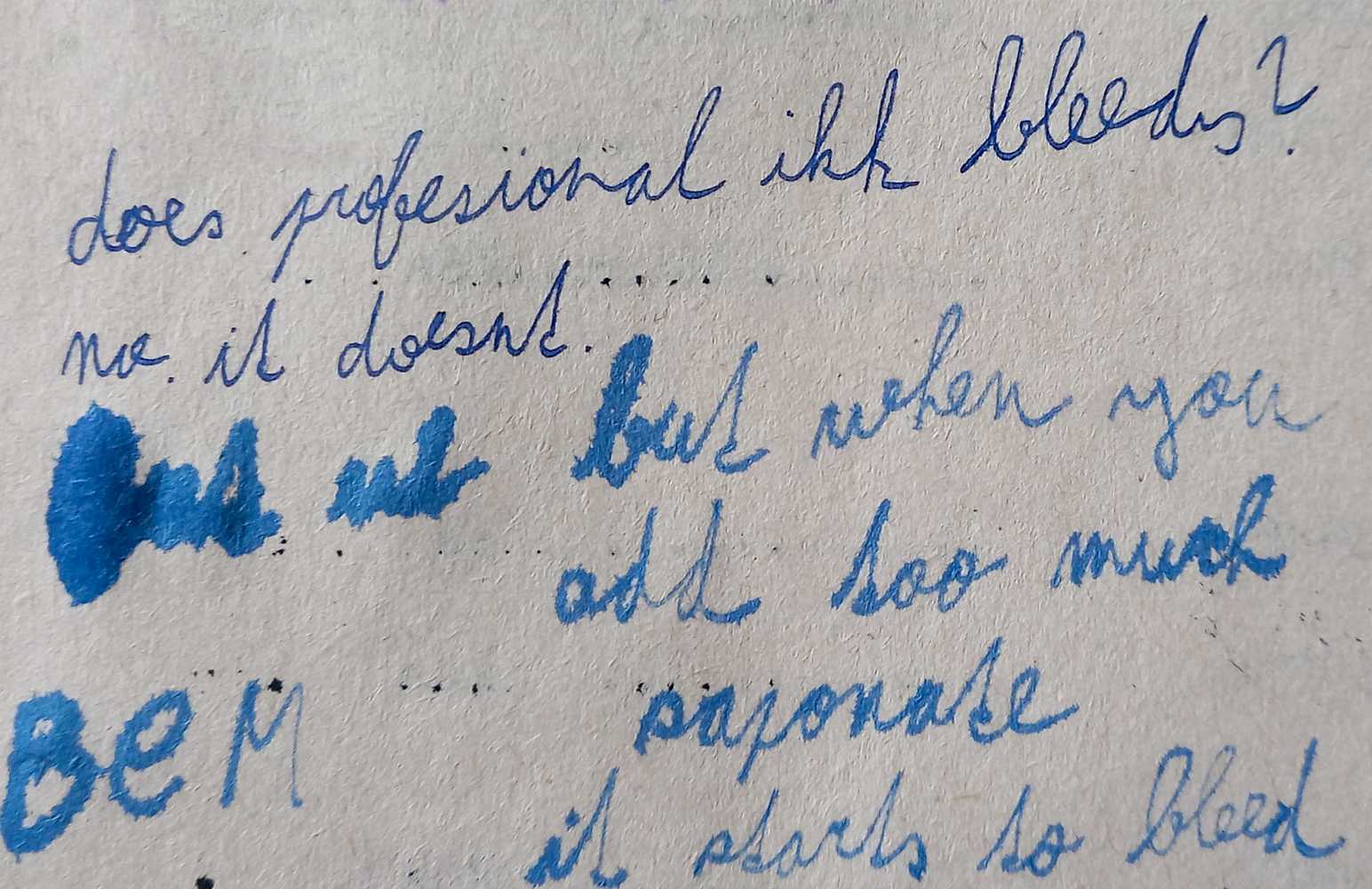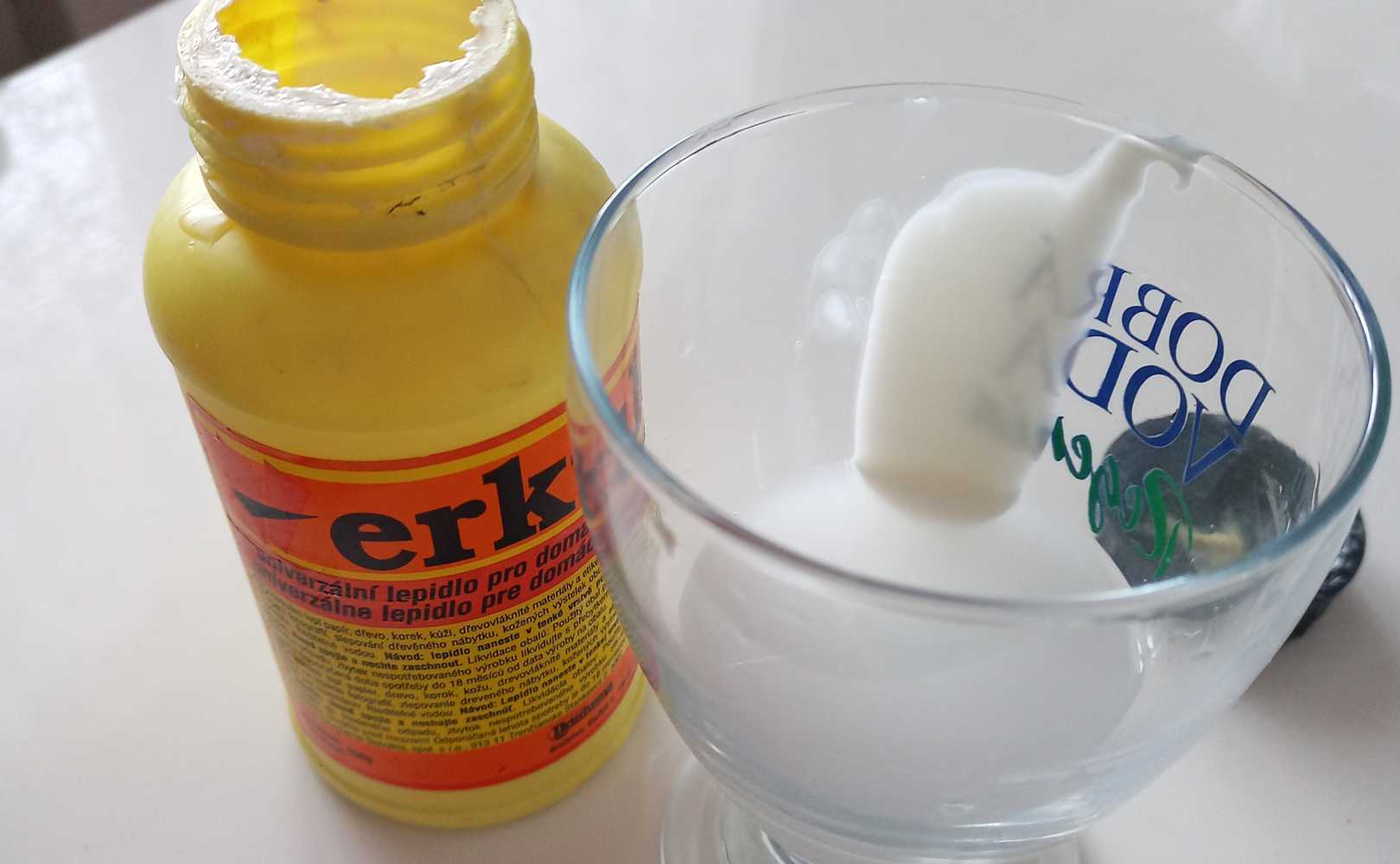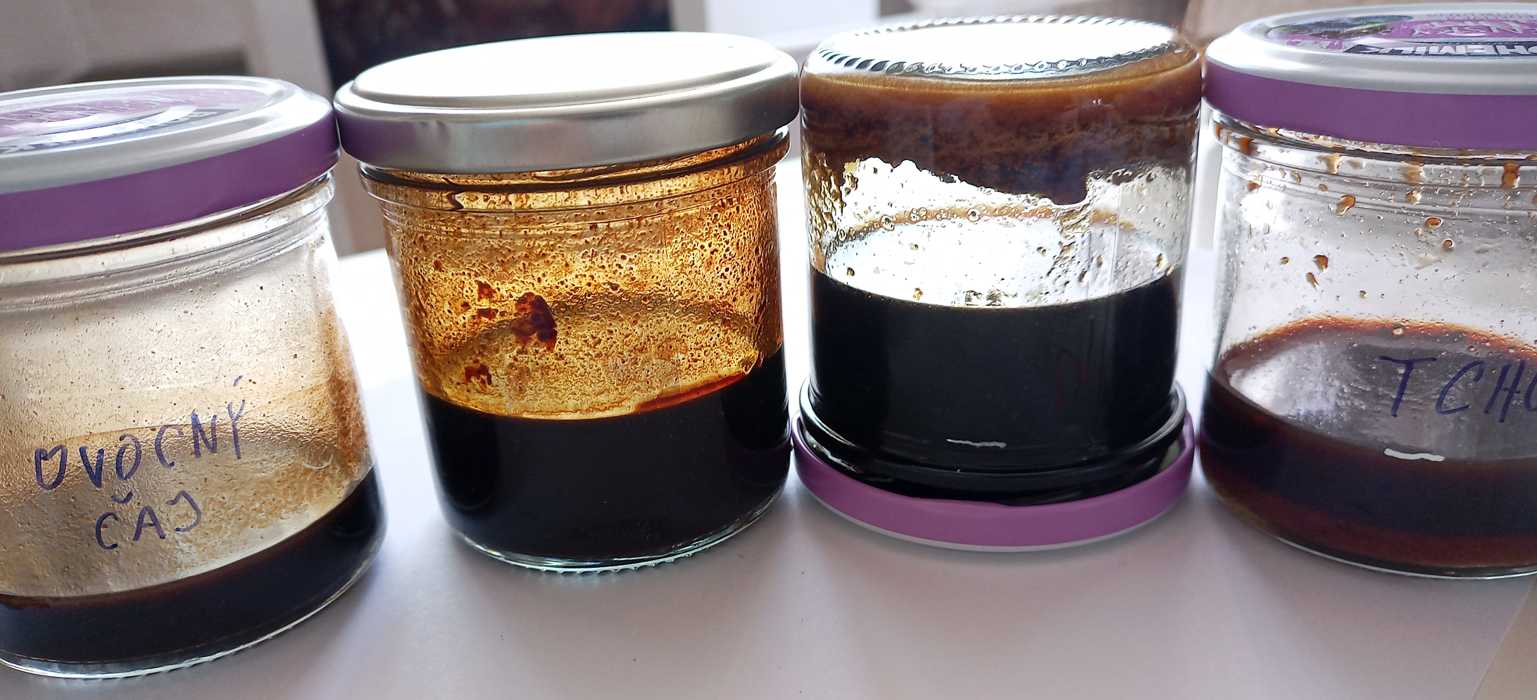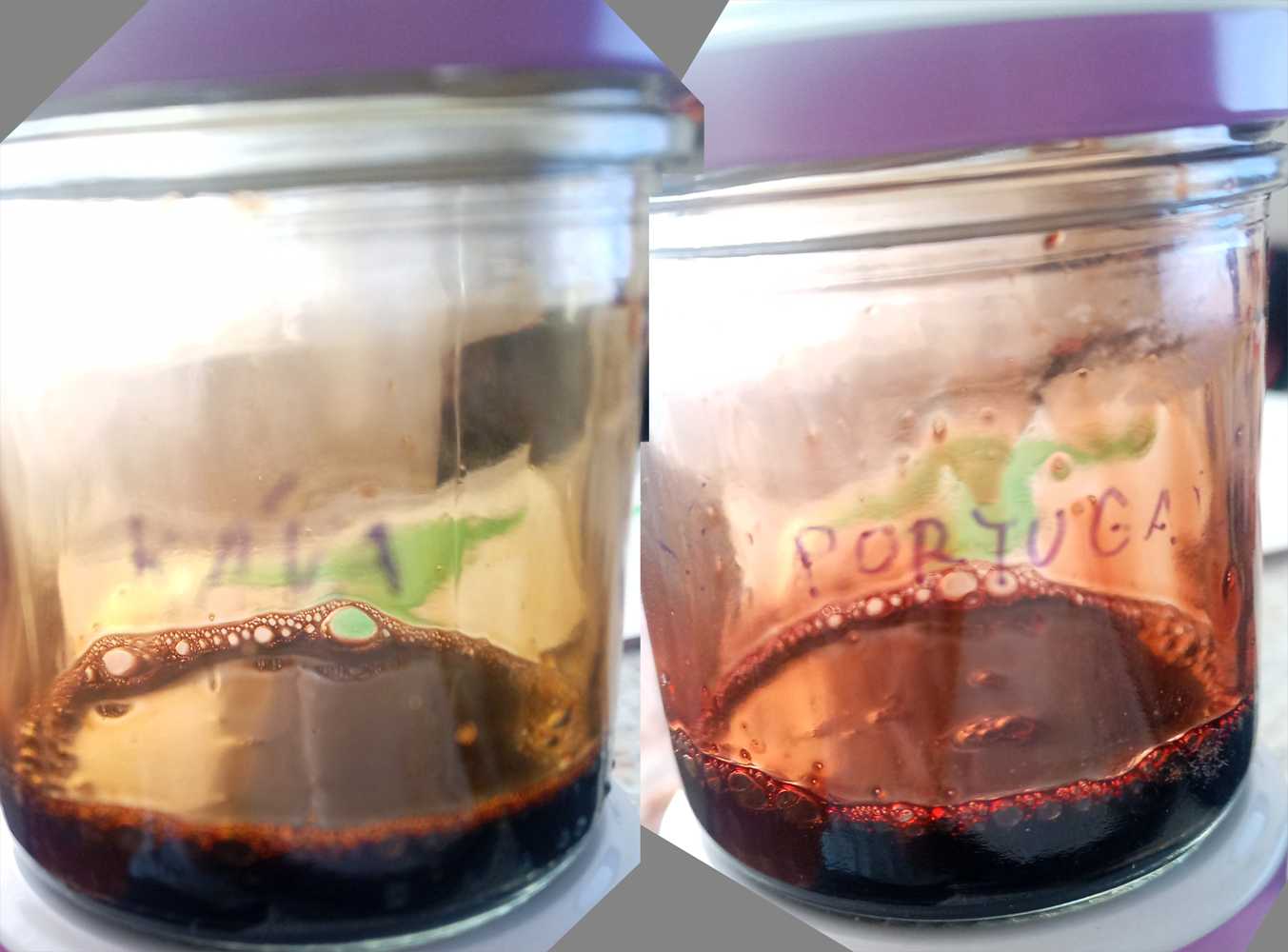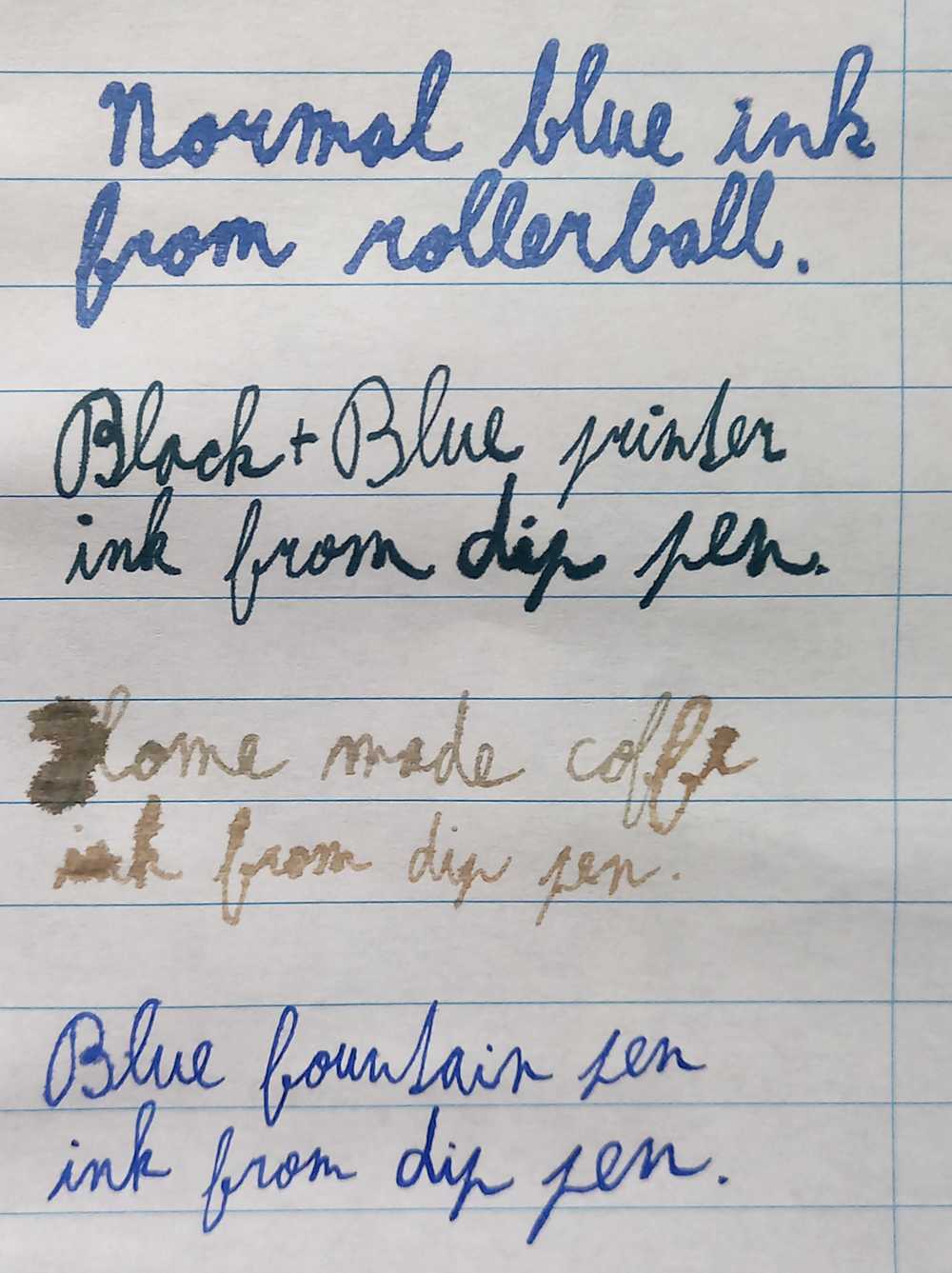Home Made Ink Guide
During an idle moment spent perusing the vast repository of knowledge that is Youtube, I stumbled upon a myriad of instructional movies pertaining to the art of ink production. This serendipitous encounter prompted a most intriguing contemplation: which varieties of ink might be suitable for the use within my rollerball and fountain pens? Is it, perchance, feasible to employ concoctions of a homemade nature for such noble instruments?
This seemingly innocuous inquiry, dear reader, spiraled into an extensive undertaking that consumed several days of my leisure. Below, I present to you a comprehensive account of the various substances I have endeavored to assay in my quest for the perfect ink:
In the esteemed pursuit of crafting one’s own ink or paint within the domestic confines, one may discern two principal categories: the organic and the inorganic. As the nomenclature implies, organic inks are derived from the essence of living materials, such as the verdant flora that grace our gardens. In contrast, the inorganic variety finds its origins amidst the realm of minerals and stones, with their unyielding presence in the very bosom of the earth itself.
Inorganic Ink
In the realm of mineral ink production, one finds oneself entranced by the alchemy of fundamental materials such as ash, clay, earth, and bricks, or even the elemental treasures of cobalt and oxidised iron—commonly known as rust. These substances, when judiciously ground into a fine powder known as pigment, serve as the foundation of our artistry. It is merely a matter of combining these pigments with an appropriate medium, be it oil or water, to create a rudimentary ink.
However, I must confess that I have not ventured down this particular path, for the employment of pigmented inks is ill-advised for the delicate apparatus of a pen, as such pigments possess an unfortunate propensity to obstruct the intricate mechanisms therein. Furthermore, I am bereft of the necessary geological wonders, for my garden is devoid of stones and does not boast the warmth of a hearth.
Yet, I must encourage those who reside beyond the urban sprawl—near a quarry or blessed with an abundance of clay—who possess the means to harness coal or wood for the heating of their abodes. To such individuals, the crafting of one's own India ink may prove to be a most gratifying endeavor!
Organic Ink
In this modern age, the art of ink-making presents itself in various forms, yet I find the organic, dye-based inks to possess an elegance and simplicity most agreeable. The process of preparing such inks is less arduous than that which involves the grinding of stones into a fine powder, for it requires naught but the boiling of water—an undertaking quite palatable to the gentle man of leisure.
One may avail oneself of a veritable cornucopia of natural substances found within the domestic sphere—be it the succulent fruit, the humble vegetable, the verdant leaves of trees, or the sturdy roots and bark that lie nearby. Even the more mundane offerings such as tea, coffee, and the remnants of a good wine can yield an ink delightful in hue, provided they dissolve in water.
I have thusly embarked upon this path, finding it an agreeable pursuit due to its facile nature. Furthermore, the resulting ink shall prove entirely suitable for use with one’s pens, and I am pleased to note that all necessary materials were readily available within the confines of my abode. Indeed, the joys of natural ink-making serve not only to cultivate creativity but also to embrace the simplicity of life’s bounteous offerings.
1. Picking the right material
Verily, it is acknowledged that a multitude of substances may serve as the foundation for extracting a most admirable dye; yet, only certain materials shall bestow upon us desirable results. Consider those items which impart a deep hue upon one’s hands upon mere touch, such as the beetroot, blackberry, or the freshly gathered chestnuts of Aesculus hippocastanum. One might also reflect upon the advertisements for laundering powders, boasting of their prowess in eliminating the most tenacious of stains, those imparted by coffee or the exquisite red wine.
Alternatively take a leisurely stroll upon yon verdant pathways and behold the curious flora that graces our surroundings. Seek out those specimens adorned in hues most striking; anything of a deep shade or peculiar coloration shall hold promise for the purpose of ink-making. I must counsel against the pursuit of verdant greens, as such tones are derived from the elusive Chlorophyll, which perishes under the ardent embrace of boiling water. From the common green plants, one may anticipate only modest shades of yellow or brown. Ensure, dear sir, that you gather no less than one kilogram of your chosen botanical curiosities; for anything beneath this weight shall yield an ink most meager and insubstantial.
I have selected two botanical specimens, both of a mildly toxic nature, yet abundant in their proliferation. To the left stands the esteemed Hedera, while to the right, the noble Thuja. Take heed, for whilst their verdant appearances may suggest a robust presence, their weight is but trifling. Gather an ample quantity to suffice in filling the pot.
2. Prepare the tools
Before embarking upon the noble endeavor of ink-making, one necessitates but a few common household implements, most of which may be found within the confines of one's culinary domain. I advise you, dear reader, to select those utensils of which the ruin would not weigh heavily upon your heart. Foremost among these, prepare thy pot, as it is likely to bear the brunt of this industrious undertaking.
- Large pot for boiling water
- Small glass bottles for storing the ink
- Preservative like clove seeds or oil
- Durable Paper towel for filtering
- Funnel or Sieve for filling the bottles
- Mild cleaning agent like Baking soda or Washing soda for extracting the dye
- Dishwashing liquid (soap) for increasing ink flow
- Kitchen Salt for decreasing flow
- Water Solluble School Glue as thickenner
- Sheet of white paper for testing the ink
- Dip pen or Toothpick or Cotton swab
3. Boiling
Procure a vessel of ample size, wherein to place your chosen materials. Submerge them well below the surface with a sufficient quantity of water, and subject them to a gentle heat. Maintain thy flame at a moderate level, attending diligently to the proceedings: it is prudent to stir the concoction or adjust the temperature, lest a frothy tumult arise upon the surface.
This boiling endeavor serves two noble purposes: first, the application of heat shall render the fibrous structure of your materials more yielding, thereby liberating their chromatic essence into the aqueous mixture. Secondly, the gentle evaporation of liquid shall enhance the vibrancy of your ink.
After a span of thirty minutes, you may commence an examination of your creation: dip the nib of your quill or a slender toothpick into the vessel, and observe the hue upon a pristine sheet of paper. Should the richness of color fail to please your discerning eye, I advise proceeding further to the next step:
4. Add mild cleaning agent
This step may be regarded as optional; if the material from whence you draw your dye—be it the rich essence of coffee or the deep hue of wine—readily dissolves in water and satisfies your aesthetic inclinations, then you may, with confidence, forego this phase.
However, it is worthy to note that a multitude of materials may resist the gracious release of their pigments through mere boiling. Herein lies the merit of soda, a most potent chemical agent, known for its vigorous reaction with both organic and inorganic substances. It possesses the remarkable ability to bind to various elements whilst liberating harmless carbon dioxide. Thus, we exploit soda’s capabilities to "cleanse" the leaves of our chosen botanicals, urging them to yield their inner secrets into the aqueous medium. In the absence of soda, one might venture to experiment with assorted washing powders at one’s own peril.
Exercise utmost caution in the addition of soda! Permit your pot to reach a state wherein it is at least half empty—thus allowing sufficient evaporation of the water—before introducing the soda, commencing with but a mere teaspoon. Such careful measure is crucial, for an excess may precipitate a most vigorous reaction, resulting in a foamy spectacle that could well require a thorough cleaning of the entire kitchen. One should prepare for a notable alteration in the color of the liquid, a transformation that may arise from shifts in pH or from the abundant release of dye compounds.
Let it be understood that the profundity of color is not necessarily proportional to the quantity of soda employed. Once the saturation point is reached, additional soda serves only to mar the pot with an undesirable deposit akin to Limescale. Hence, I entreat you to proceed with conservatism, and cease the addition of soda once the hue of the liquid ceases to evolve, or when your artistic sensibilities are duly appeased by the resulting tint.
5. Keep testing the ink while boiling the water
It is of utmost consequence that one scrupulously adjudicates the resultant hue and its vibrancy upon pristine white paper. Mere visual appraisal of the liquid may lead to most fallacious conclusions. Below, I present an instance of coffee ink's intensity as the aqueous element diminishes over the course of time.
Upon achieving satisfaction with the hue's intensity, one may, with due diligence, cease the boiling process. Should the color fail to meet one’s aspirations, two recourses primarily present themselves: either augment the quantity of soda, or persist in the boiling of the water, in the hope that a heightened concentration of dye may yield deeper shades.
It is prudent to maintain realistic expectations! Should one commence with brown powdered coffee, a darker shade than the original shall remain an unattainable aspiration, regardless of the extent of evaporation. In the most extreme instances, one may find oneself once more with naught but brown powder. Thus, once the color intensity ceases to evolve, all further effort in boiling serves only to squander the potential ink.
6. Filtering the ink
Should your intention not be the delicate art of painting with a brush, it is of utmost importance that the ink you prepare possess a most homogenous and consistent quality. For this necessary task, procure a funnel, a glass vessel, and a fine piece of cloth or paper to serve as a filter.
I would counsel you to first moisten the filter with ordinary water, for such an act significantly hastens the filtering process. Moreover, it is prudent to ascertain whether the water may indeed pass through the filter, as not all varieties of paper permit the ease of liquid passage.
Should it be within your means, I advise that the filtering be conducted whilst the liquid remains warm, as heated liquids exhibit a diminished surface tension, thus reducing the time required for the ink to descend through the filter.
7. Adjusting the flow
To achieve the desired temperance of your ink, one must first allow it to cool to ambient temperature. This may be accomplished by patient waiting, placing the ink within a chilled repository for a brief thirty minutes, or by immersing the vessel in a bath of cold water. The fluidity of the ink is paramount and necessitates adjustment to align with one’s particular preferences. Its behavior is a delicate interplay of various chemical and physical attributes, of which only surface tension may be practically modified within the comforts of one’s abode.
Permit me to elucidate: excessive surface tension renders the ink as viscous as glue, effectively impeding its flow. Conversely, insufficient tension leads to an uncontrollable bleeding, resulting in unsightly splotches upon the paper.
Caution is advised; never undertake alterations to the entirety of your ink batch! Rather, transfer a modest quantity to a separate receptacle, introduce the requisite amendments, and test with a dip pen. Subsequent to validating the necessary adjustments, one may then incorporate the appropriate proportions into the full assembly, ensuring the utmost fidelity of the final product.
Use Saponate to increase the flow. A mere whisper of liquid soap, judiciously mixed into the ink, shall serve admirably. This expedient does, however, invite the potential for bleeding of the ink, and should only be employed if the original mixture is markedly unyielding.
To diminish flow, ordinary table Salt, readily available in every household, may be employed. It exerts a mild influence on surface tension, without altering the ink's pH or overall density. Yet, one must temper expectations, for the effect is rather subtle.
Use water-soluble White Glue, ubiquitous in households, which serves as an potent thickening agent, or Gum arabic, should it be at hand. It is imperative to dissolve these ingredients in water within a separate vessel prior to introduction to the ink.
Take heed, dear reader: any additive, save for salt, shall invariably dilute the ink's dye, diminishing its vibrancy. Thus, exercise prudence; the fewer the additives, the more splendid the ink.
8. Adding preservatives
The final endeavor is of utmost simplicity. One need only place a solitary dried clove seed into the vessel of ink. This precaution serves to thwart the unwelcome growth of mold within. While other preservatives, such as salt or alcohol, may be employed, one must be wary, for they may compromise the ink's esteemed properties. The sole drawback of the clove seed is its pronounced fragrance; yet, one does not indulge in the habit of sniffing one’s inks, I trust?
9. Wait seven days
Pray, allow me to impart a most prudent precaution: one cannot ascertain, prior to extensive scrutiny, whether the ink we have concocted possesses the virtue of a well-mixed solution, or if, perchance, we have unwittingly forged an unstable emulsion. Thus, after the passage of a week, it is incumbent upon us to examine the vessels with a gentle inclination.
Should one observe any unsightly clumps or hardened strata, it becomes necessary to subject the ink once more to the filtering process delineated in our step number 6. Please find attached photo of a most regrettable state of ink, for which we must not aspire. Should such a malady manifest within the confines of your fountain pen, the arduous task of cleansing may become nigh insurmountable.
Conversely, behold the fine specimens of ink derived from coffee and red wine, devoid of any clumping or sedimentation, save for the modest presence of air bubbles. These creations are primed for use, requiring no further filtration nor anxiety.
Conclusion
Was it truly worth the labor? Alas, I must say no. For but a few dollars, one may procure professional ink, which shall not bleed, boast vibrant hues, and likely possess a remarkable resilience against water. In contrast, the endeavor of concocting one's own ink demands hours aplenty, yielding results that often fall woefully short—unless, perchance, one possesses a most exquisite ink recipe.
Yet, despite this, I found myself irresistibly drawn to the allure of this home project, for there exists a certain charm in the art of creation. Should one fancy oneself a true connoisseur of artistic hipsterdom, the endeavor of crafting personal ink must not be overlooked; it is simply too delightful an undertaking to forgo.
Of the numerous concoctions I attempted, I have retained but the coffee ink from a dismal seven candidates. Alas, my initial trials were rife with perils that rendered the other mixtures quite unusable. Moreover, the inks derived from foliage lacked the depth of color to satisfy my discerning taste. Should you wish to embark on a similar journey, I implore you to select superior botanical materials rather than mere “green” leaves and to exercise utmost caution with the additives I have enumerated. My most successful constituents were black tea, coffee, and red wine, which held the greatest promise for a fine ink indeed.

